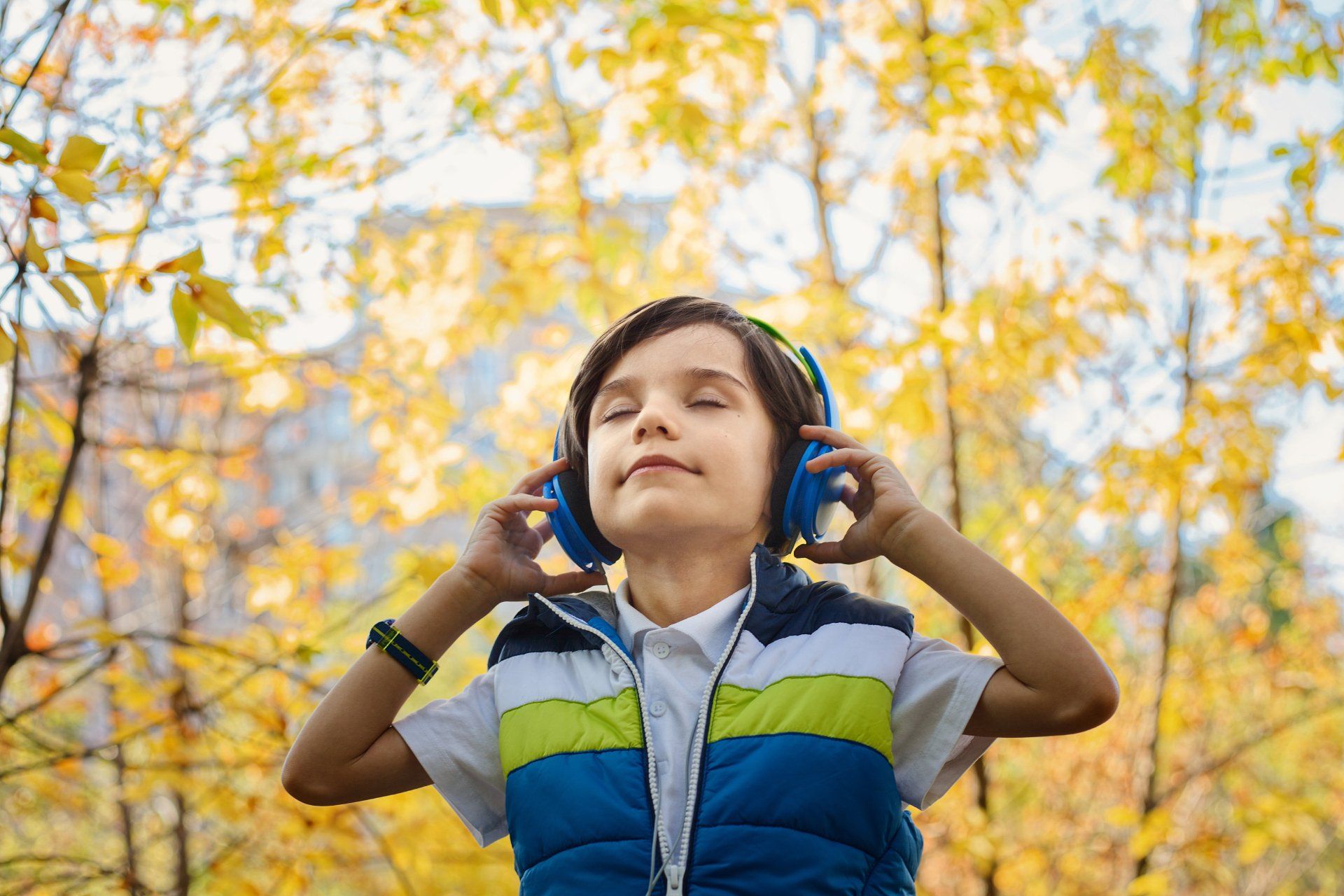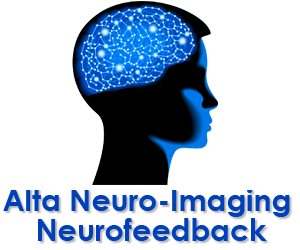1. “When is the best time to test for, and if needed, treat ADHD?”
Whether you fear the renewal of previous problems with the new school year, or are seeing these problems for the first time, it’s probably best to give your child about two weeks to become accustomed to the teacher and classroom before determining if there is a problem. By this time, if your child is still experiencing difficulty with attention, organization, and/or behavior problems, then it is probably a very good idea to get them tested, and if necessary, treated for ADHD. As the problems caused for the child are cumulative, due to the “building from week-to-week” progression of the school year, they quickly become overwhelmed, which leads to even further problems. Furthermore, as other children and the teacher can quickly come to label or define these children as “not very bright” (tragic, as most children with ADHD have a higher than average IQ), or “troublemakers”, correcting this problem quickly is very important.
2. “Is ADHD caused by parenting?”
Definitely not. ADHD is a relatively minor neurological disorder, which can cause substantial impairments to the individual, but is in no way caused by parenting style. The assignment of blame for this disorder, which is neurological in nature, is completely incorrect. Not only does it do no good, it usually undermines the support system for your child, which is very important.
3. “Last year was so hard for my son, and actually, the whole family. I know he’s smart, but his grades and behavior were always a problem. Homework became such a night-long battle that no one at home had any peace. Can we turn this around and make this school year better?”
What you are describing is very symptomatic of ADHD (ADD), which could very well be the problem. Most people, understandably, focus on the child’s substantial difficulties, and while this is the source of the problem, the disruption of family harmony is another important issue. As this disorder is usually quite treatable (without drugs), the first course of action is to test for it. If your child has ADHD, then beginning treatment as soon as possible is necessary. Neurofeedback is the best way to test for, and if present, treat ADHD without the possible side effects and rigors of medication.
Neurofeedback is an effective, drug- and side-effect free, painless treatment which the person learns to retrain their brain and alleviate the condition. Once treatment is completed, no further sessions are needed. Both children and adults are good candidates for neurofeedback treatment.



